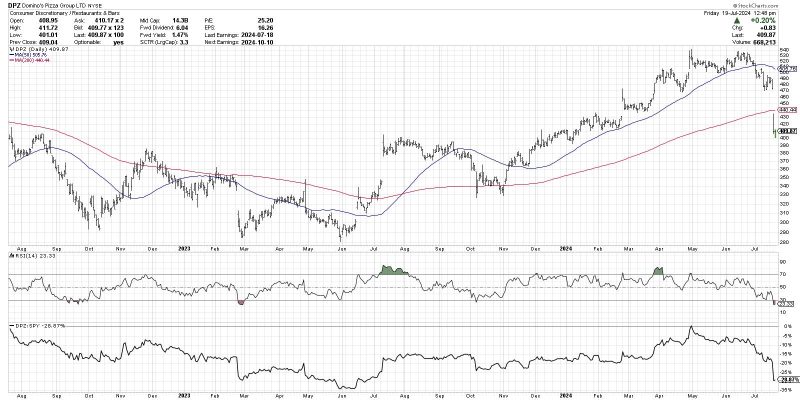Market tops can be challenging to spot, but they often share common characteristics that experienced traders are trained to recognize. One key trait is a significant increase in trading volume, often accompanied by heightened volatility. This surge indicates that more market participants are actively buying or selling assets, leading to price swings that can unsettle investors.
Another sign of a market top is divergences in the market indicators. For example, while stock prices may be reaching new highs, other technical indicators like the Relative Strength Index (RSI) or Moving Average Convergence Divergence (MACD) may show signs of weakening momentum. These divergences suggest that the current uptrend may be losing steam and could be nearing its end.
Additionally, sentiment indicators can play a crucial role in identifying a market top. When investors exhibit extreme optimism or euphoria, it often indicates that the market has become overbought and is due for a correction. This overconfidence can lead to unsustainable price levels as investors pile into the market, pushing prices beyond their fundamental value.
Fundamental analysis can also provide insights into potential market tops. Factors such as high valuations, rising interest rates, or deteriorating economic conditions can indicate that a market is overheated and ripe for a reversal. By examining key economic indicators, earnings reports, and central bank policies, investors can better assess the health of the market and identify warning signs of a market top.
In conclusion, identifying a market top requires a combination of technical analysis, sentiment analysis, and fundamental research. By staying vigilant and monitoring key indicators, investors can better position themselves to anticipate market reversals and protect their portfolios from potential downturns. Remember, while market tops can be challenging to spot, being aware of the warning signs can help mitigate risks and preserve capital in volatile market conditions.
